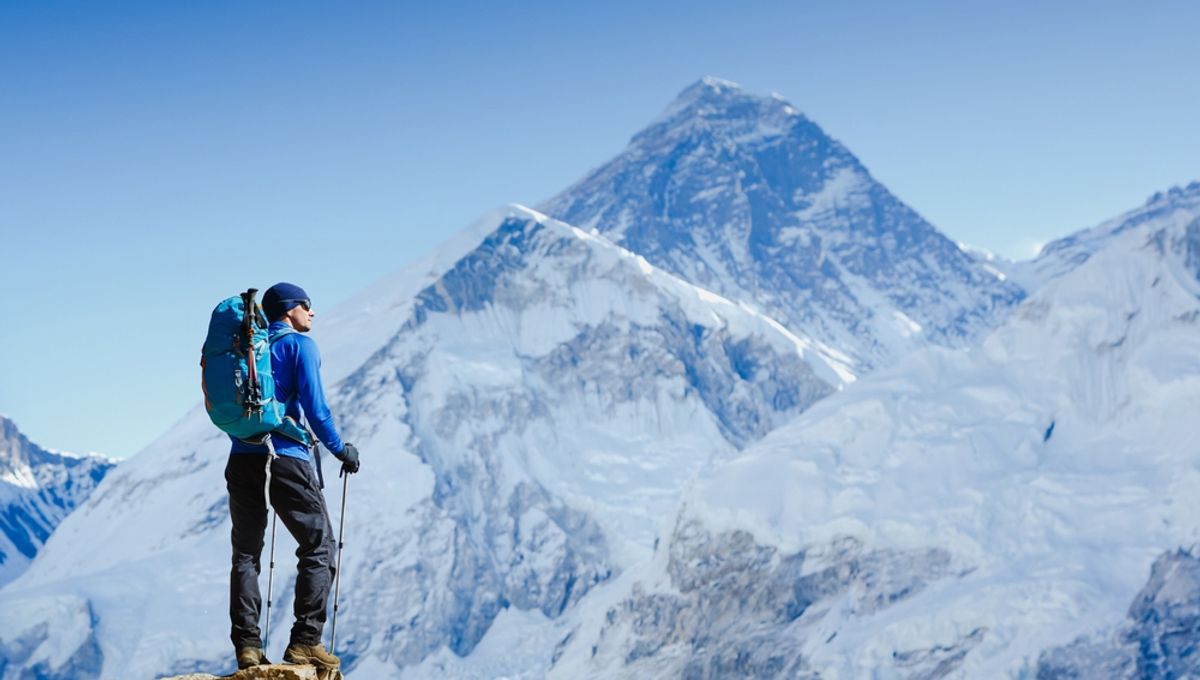
Humans climbing Mount Everest leave a lot in their wake, including plastic and, occasionally and very tragically, their own bodies. But they also leave a lasting microbial legacy, according to new research.
Everest’s slopes are littered with microorganisms adapted to withstand the harsh conditions on Earth’s tallest peak. In the past, it has been impossible to identify any that originated from humans in samples collected at such high elevations, but now researchers have found some at 7,900 meters (26,000 feet) above sea level.
“There is a human signature frozen in the microbiome of Everest, even at that elevation,” said Steve Schmidt, senior author of the paper, in a statement.
“If somebody even blew their nose or coughed, that’s the kind of thing that might show up.”
When we cough and sneeze, we rain down a flurry of microscopic germs on our surroundings. If those surroundings happen to be Everest, the snow and ice will get a smattering. It’s therefore not entirely surprising to find microbial traces of past visitors, but what the researchers didn’t expect to find was that these microbes, accustomed to life in our warm bodies, were able to survive on the mountain, lying dormant in the frozen soil.
These organisms include strains of Staphylococcus and Streptococcus that typically reside in our noses and mouths, respectively.
Soil samples were taken 170 meters (560 feet) from a base camp at South Col, where hundreds of adventurers attempting to climb Everest from the southeast ridge in Nepal pitch their tents each year.
Analysis of the soil, using next-generation gene sequencing technology, as well as traditional culturing techniques and bioinformatics, revealed microbial DNA sequences, most of which belonged to “extremophile” organisms suited to surviving at high elevations. But they also found DNA evidence of microbes associated with humans, which usually wouldn’t be able to withstand the high concentrations of ultraviolet light, lower temperatures, and lack of water on Everest.
“Our data suggest that the South Col and other extremely high-elevation environments may be deep-freeze collection points for deposited organisms, including human-borne contaminants that may never leave once they arrive,” the authors conclude in their paper.
While they don’t expect their finding to have a big impact on the environment, it still provides a reminder to us to consider our impact on this, and other, planets, especially ahead of future space travel, they caution.
“We might find life on other planets and cold moons,” said Schmidt. “We’ll have to be careful to make sure we’re not contaminating them with our own.”
The study is published in Arctic, Antarctic, and Alpine Research.
Source Link: Sneezing On Everest Leaves Behind Germs That Could Survive For Centuries